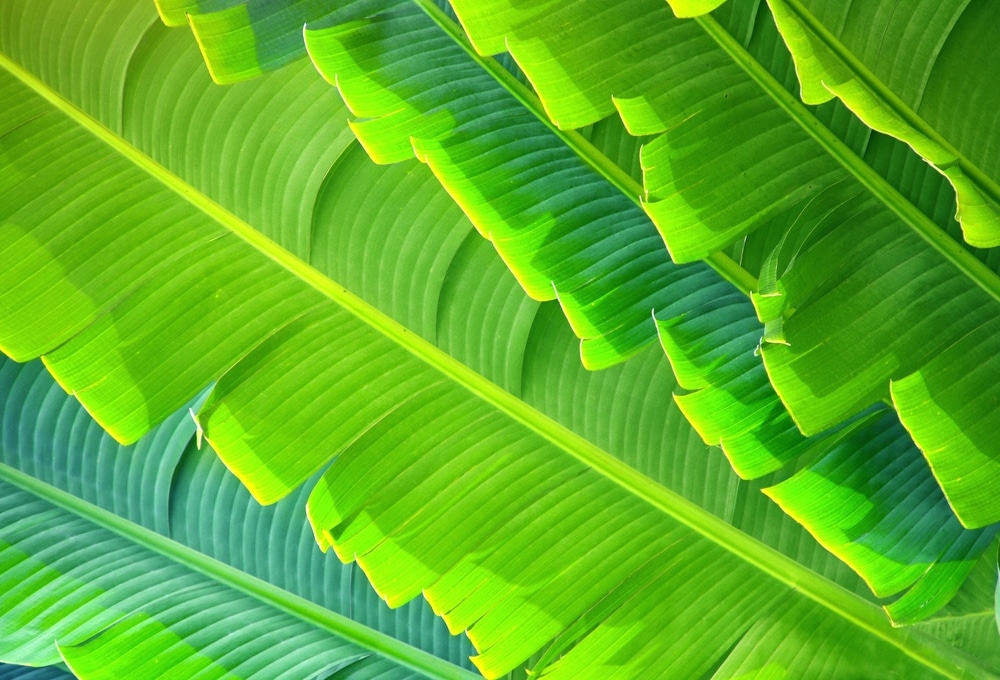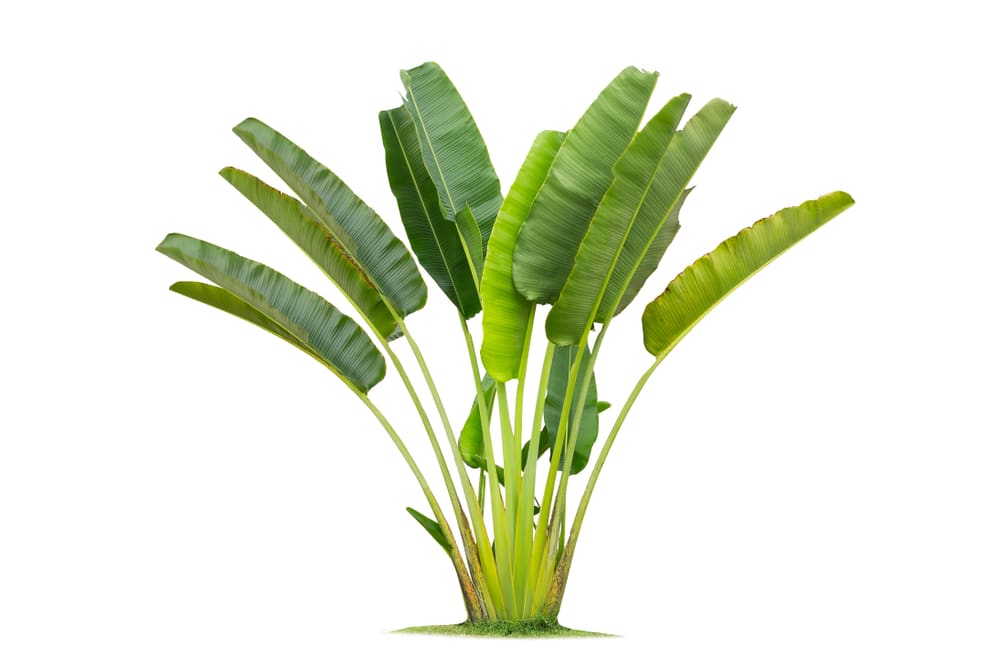The Travelers Palm is a strange and wonderful plant that has long been a source of fascination for botanists and travelers alike. This plant gets its name from the fact that the leaf bases can be used as vessels for holding water. Normally found in rainforests, the traveler’s palm can also grow in more arid climates if given enough water.
If you’re interested in learning how to grow Traveler’s Palm in your garden or yard, the most important thing to remember is that this tree is a tropical plant. Simply said, it thrives in warm and humid conditions and may not tolerate frost and colder weather conditions. In addition, while the Traveler’s Palm tree can reach a height of 30 feet in its natural environment, it is more likely to only grow to about 20 feet when cultivated.
If you live in an area with a cooler climate, you’ll need to take extra care to provide this plant with the warmth and moisture it needs to thrive.

| Botanical Name | Ravenala Madagascariensis |
| Common Name | Traveler’s Palm |
| Plant Type | Perennial |
| Flower Color | Large clusters of white flowers |
| Size When Mature | 360-600 inches |
| Bloom Time | Summer |
| Sun Requirements | Full to Partial Sun |
| USDA Hardiness Zones | 10 – 11 |
| Soil PH Range | 6.0-7.0 |
| Soil Type | Acidic, Neutral, and Well-draining |
| Water Needs | Medium |
| Native Area | Madagascar |
What You Need to Know About Travelers Palm
Found in the tropical forests of Madagascar, this distinctive tree is easily recognizable by its unusual leaves. Although Traveler’s Palm is not a true palm, it is more related to the banana and can grow 30-50 feet tall. They have large, paddle-shaped leaves that are 13-16 feet long.
Large flower clusters bloom beneath the leaves during summer, producing small white flowers that turn into edible purple fruits. The leaves, however, are mildly toxic and should not be eaten.
Reports of people becoming ill from eating the leaves are rare, and it is more likely that they suffered from an allergic reaction. Ensure that small children and pets do not have access to the plant as they may be tempted to nibble on the leaves.
Additionally, the Traveler’s Palm gets its name from the fact that the leaf bases hold water, making them useful for travelers in need of a drink. Another fun fact is that the traveler’s palm can also be used as a natural compass! The leaves almost always point in an east-west direction, no matter where they are growing, which were used by travelers to help them find their way.
How to Care for Travelers Palm
Here’s everything you need to know about growing and caring for a thriving Traveler’s Palm:
Light
This tree loves being in the sun and will do its best when exposed to full sunlight. However, in places with hot summers, some partial shade during the hottest hours will protect the leaves from scorching. Some afternoon shade might also be beneficial in very hot and humid climates.
If grown in yards, you may use the traveler’s palm to provide some dappled shade for other plants that can’t take direct sun.
Water and Soil Needs
Watering this tree regularly is key to its survival. The soil should always be kept moist and should never be allowed to dry out. If you live in a hot and arid climate, watering more often may be necessary. Remember that you want to keep its soil moist – but not too soggy and ensure that water doesn’t sit too long around the plant’s roots.
When it comes to soil, the Traveler’s Palm is not picky. It will do well in most types of soil as long as it is moist, well-draining, and has a pH range of 6.0-7.0. If you live in an area with heavy clay soils, consider mixing in some loam or sand to improve drainage. Commercial gravel mixes or organic matter can also be used.
Temperature Requirements
Since it’s naturally found in the tropical regions, this palm requires warm temperatures to thrive. Unfortunately, growing it in USDA zones outside 10 and 11 will be challenging.
It doesn’t take frost very well and needs to be highly protected from cold temperatures. It can only tolerate temperatures as low as 50-60 degrees Fahrenheit for short periods of time. Anything beyond that, and the leaves will begin to turn brown and drop off.
Fertilizer
The best fertilizer to use on a Traveler’s Palm is a tropical plant fertilizer high in nitrogen. This will help promote growth and keep the leaves healthy. Fertilizing the tree once during spring, summer, and fall will give it the nutrients it needs to stay healthy and thrive.
Common Diseases
Diseases are not common in Traveler’s Palms. However, they can be susceptible to Fusarium solani and Rhizoctonia solani – two fungi that cause root and stem rot. If you notice your tree’s leaves turning brown or wilting, check the roots and stems for any signs of decay.
Treating these diseases usually involves removing affected plant parts and increasing air circulation around the tree. You may also need to water less frequently to reduce the amount of moisture around the roots.
Travelers Palm Propagation
Propagating Traveler’s Palm is easy and can be done by seed or division.
If you wish to start from seeds, allow the fruits to ripen on the tree until they turn purple. Once they are ripe, cut them open and remove the seeds. After that, plant the seeds in moist, well-draining soil and keep them warm. The seeds will then germinate after 4-8 weeks, giving you new plants to grow.
To propagate by division, dig up the tree and carefully divide the root ball into 2-3 sections using a sharp knife. Replant the divisions in moist, well-draining soil and water them well.
After a successful propagation, your Traveler’s Palm tree should grow quickly, reaching its full size in just a few years.

